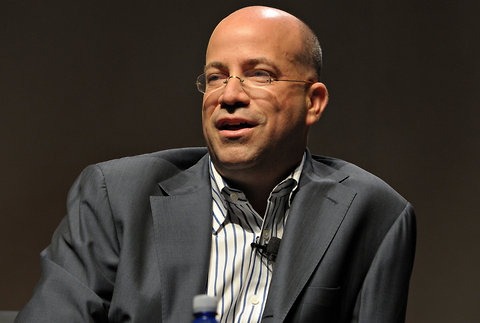March 1 is the deadline set by the federal government for converting all benefits payments — including Social Security — to electronic deposits.
That’s the date by which recipients are supposed to choose direct deposit of their monthly payment into a bank account or to a prepaid debit card, like the government’s Direct Express card.
But those who don’t switch by the deadline apparently won’t face any serious consequences, aside from continued pestering from the government.
Those who fail to switch will still receive paper checks, said Walt Henderson, director of the Treasury Department’s Go Direct campaign. Those recipients will, however, get mailings from the government after the deadline, in an effort to encourage them to adopt electronic payments, he said.
“We don’t have the authority to change their payment method without their permission,” he said in a telephone interview. But they may be mailed a Direct Express card, and urged to activate it.
But, he said, “We won’t automatically switch them.”
Those who continue to hold out for paper will continue to hear from the government, he said. But they won’t get telephone calls, because of the widespread use of telephone schemes aimed at those who receive benefits.
“The whole premise is to educate people about electronic payments,” he said.
The move is part of an effort by the Treasury Department to shift transactions away from paper to save money and reduce potential errors. All new applicants for federal benefits, as of May 1, 2011, have had to select an electronic delivery method.
Currently, about 93 percent of payments to recipients of Social Security and Supplemental Security Income are made electronically — either through direct deposit into a bank account, or onto a prepaid debit card. (Some privately issued prepaid cards can also be used to receive payments, as long as they are insured by the Federal Deposit Insurance Corporation and meet other requirements.)
But about 5 million recipients still get paper checks, so the Treasury Department is aiming at those people in the next two months to encourage them to choose an electronic option. In research conducted last fall, Mr. Henderson said, 75 percent of those still receiving paper checks said they intended to switch by the deadline.
Those age 92 or older are exempt from the requirement. Others who don’t want to switch are supposed to apply for a waiver. They must either have a “mental impairment” that prevents them from using the card or live in a geographically remote area where it may be difficult to use them.
Some consumer advocates raised concerns that the waiver process was too complex for people to navigate. About 600 waivers had been issued as of the end of December, Mr. Henderson said.
Given that there is no real punishment for not complying with the switch, does it make sense to have people fill out forms — which must be notarized — to apply for waivers? In a follow-up e-mail, Mr. Henderson said, “Our expectation is that individuals receiving federal benefit payments such as Social Security will comply with the requirement to receive those funds electronically by direct deposit or the Direct Express card.” He added that the waivers exist to be “sensitive to certain populations who may have trouble complying, but who want to be in compliance with regulations related to their payments.”
Meanwhile, Treasury has continued issuing statements urging recipients to switch. “Switching to an electronic payment is not optional — it’s the law,” David Lebryk, commissioner of the Treasury Department’s Financial Management Service, said in one announcement, which was titled, in part, “Time is running out.”
Representatives of Fisca, a trade group representing check-cashing providers, have complained that the government is “needlessly scaring” benefits recipients into thinking they may have to go without their payments after March 1, if they don’t switch to electronic deposit.
Do you plan to switch to electronic payments for your federal benefits by March 1?
Article source: http://bucks.blogs.nytimes.com/2013/01/10/worrying-about-electronic-benefits-deadline-dont/?partner=rss&emc=rss


